Marlon Brando Jr. – an acclaimed American actor and activist – is known as one of the finest performers of the 20th century.
Throughout his life, he earned widespread recognition, including two Academy Awards (1955), two Golden Globe Awards (1952), a Cannes Film Festival Award (1954), and three British Academy Film Awards (1953, 1958, 1961).
His impact on the world of cinema and his contributions to various social causes explain his legacy as a remarkable figure in both the entertainment industry and advocacy.
In the heat of Hollywood’s 1950s landscape, a rebel such as Marlon Brando emerged out of nowhere. Truth be told, he was an undisputed movie star who inborn charisma.
He wasn’t just an actor, though; he was a force that left an indelible mark on the landscape of 1950s Hollywood.
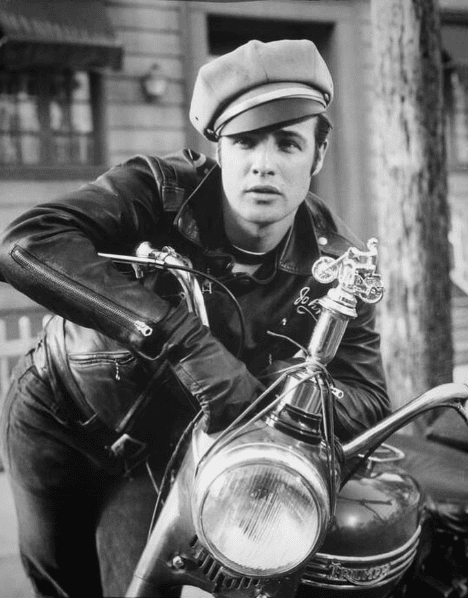
Credits: @marlonbrando / Instagram
A fan of Marlon Brando’s work and life?
Stick around for the rise of Marlon Brando, the acclaimed actor. We’ll explore the bumpy journey that transformed him from an actor to an icon and the lasting influence he imprinted on the cinematic canvas of the 1950s.
Key Takeaway
- Marlon Brando was an acclaimed American actor known for his raw and intense acting style. He is considered one of the greatest performers of the 20th century.
- His breakthrough came on Broadway in the late 1940s with his performance in “A Streetcar Named Desire,” establishing his reputation for unmatched intensity.
- His iconic fashion sense and brooding persona made him a Hollywood heartthrob and a symbol of youth rebellion and nonconformitySpeaking of Hollywood, for ladies who want to channel their inner icon, here are top old Hollywood dress ideas for you!.
- Brando was pivotal in bringing Method acting into the mainstream and dedicating himself wholly to roles through extensive rehearsal and character exploration.
Early Life & Career: Who Was Marlon Brando?
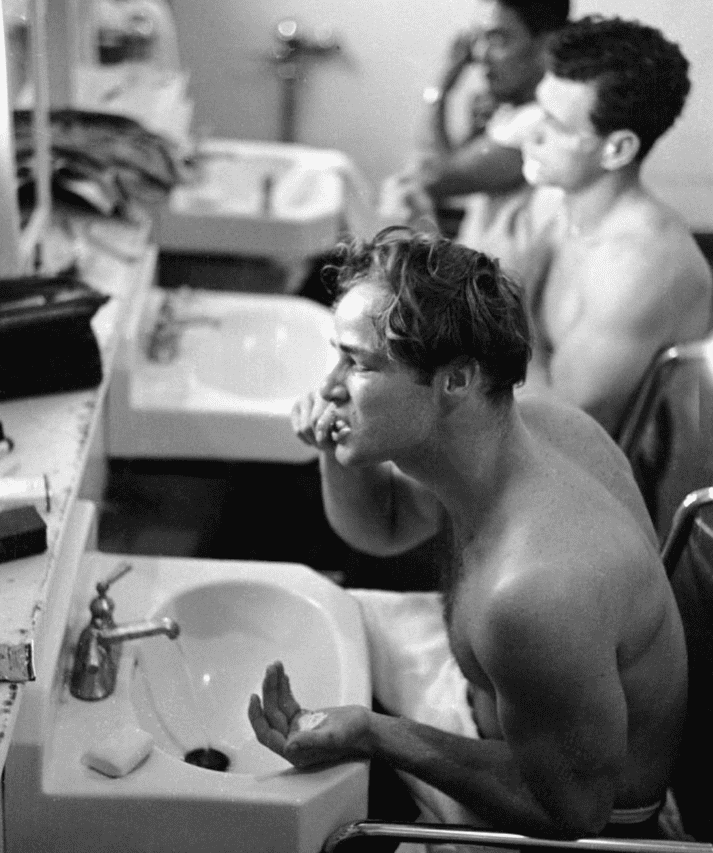
Credits: @marlonbrando / Instagram
Let’s start from the beginning…
Born into modest beginnings in 1924 in Omaha, Nebraska, Marlon Brando’s early life was frilled, to say the least, with challenges.
He was raised in a household marred by an alcoholic father and neglect. His younger years were far from idyllic. He constantly struggled academically and faced expulsion from high school due to poor grades and a penchant for resisting authority.
Luckily, Brando’s life took a significant turn when he was sent to the Shattuck Military Academy in Minnesota. Spending his years there, he stumbled upon his growing passion for acting, which many would agree was a discovery that would reshape his entire destiny.
Now, armed with a completely new purpose in his life, Brando set his sights on Broadway and, in 1943, made his way to the bustling streets of New York City. In the heart of Manhattan, Brando studied the Method technique under the guidance of the legendary Stella Adler at the Actors Studio.
Pretty awesome, right?
His Broadway debut in 1944’s “I Remember Mama” garnered positive reviews, which marked the beginning of a career that would soon become legendary.
However, it was not until 1947 that Brando’s breakthrough came through with his electrifying performance as Stanley Kowalski in Tennessee Williams’ “A Streetcar Named Desire.”
The Broadway stage became his familiar ground, earning him the title of “Broadway’s Most Promising Actor” and establishing his reputation for unparalleled intensity and raw acting prowess.
His Breakthrough Role in “A Streetcar Named Desire”
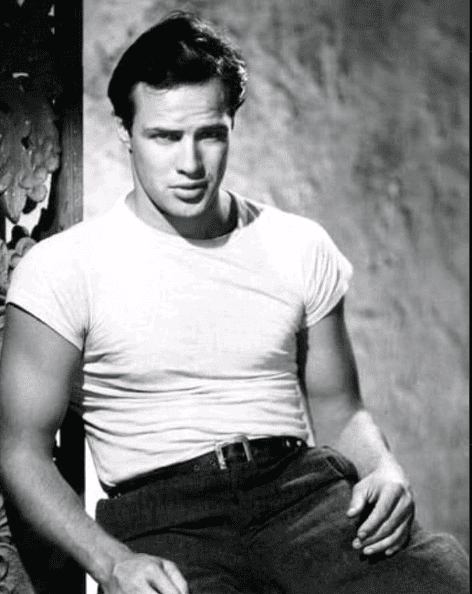
Credit: @marlonbrando / Instagram
In 1951, anticipation for this acclaimed movie star reached a pitch with the release of the film adaptation of “A Streetcar Named Desire,” directed by Elia Kazan.
During this film adaptation, Marlon took on the complex lead role of Stanley Kowalski alongside Vivien Leigh’s portrayal of Blanche DuBois. Nevertheless, as you should have imagined, Brando’s performance was mesmerizing.
It’s safe to say that this film marked a watershed moment!
Brando’s portrayal revolutionized screen acting.
His approach stood in contrast to the heavily stylized Hollywood acting at the time. Brando’s raw and intense performance showcased the potential of method acting in mainstream cinema.
Now, for the real film gold.
The starring of Marlon Brando marked a significant milestone in his career. It undoubtedly earned him his first Academy Award nomination for Best Actor in 1952.
Disclaimer for film enthusiasts:
Marlon Brando earned his first Academy Award nomination for Best Actor the same year. The notable actors who shared the nomination stage included:
- Humphrey Bogart
- Arthur Kennedy
- Fredric March
- Montgomery Clift
The nomination recognized his exceptional talent that would define Brando’s legacy as one of the greatest actors in cinematic history.
Beyond the glitz and glamour of Hollywood, as we all know, Brando’s personal life also began to unfold. Brando’s influence solidified him as a cultural icon, impacting film and popular culture.
During his life, Brando continued to shape the film landscape with his groundbreaking performances; his influence extended far beyond the screen.
This makes him not just an actor but a symbol of innovation and authenticity.
Now, put your dancing shoes on for the next bit.
Hollywood’s Bad Boy: Rapid Rise to Fame in the 1950s
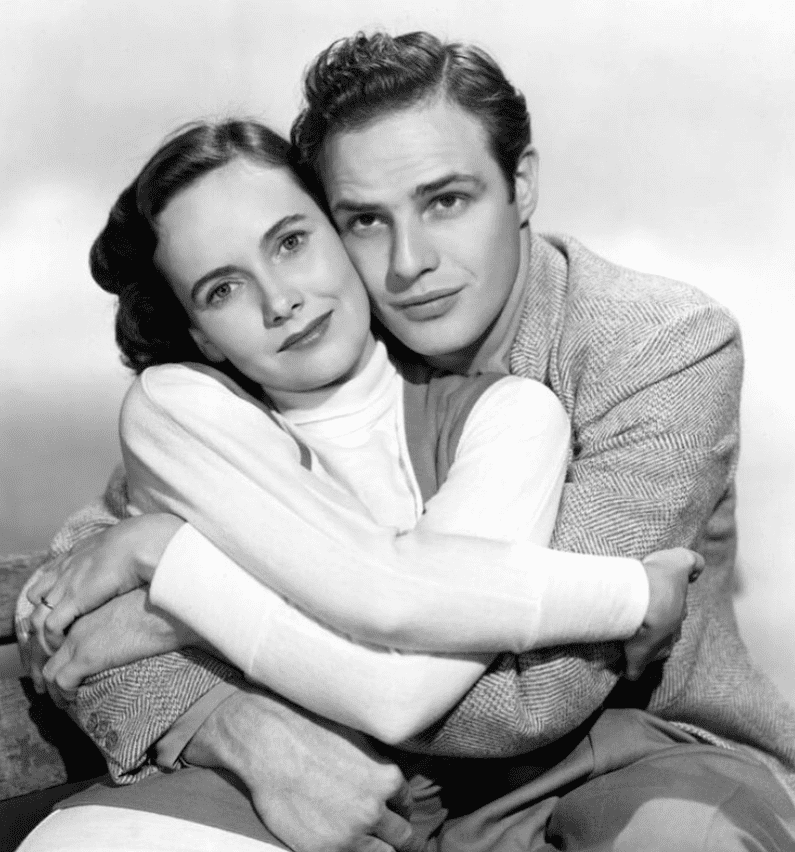
Credits: @marlonbrando / Instagram
Often referred to as Hollywood’s enfant terrible, Brando achieved rapid stardom in the 1950s.
As hinted before, his breakthrough came with widespread acclaim for his role in “A Streetcar Named Desire” in the early 1950s, marking the beginning of his full-fledged Hollywood stardom.
This wasn’t his only masterpiece, you know – Brando’s cinematic repertoire expanded with notable performances in diverse prestige films.
He starred in the Mexican epic “Viva Zapata!” (1952), which delivered a compelling portrayal of Mark Antony in Shakespeare’s “Julius Caesar” (1953).
However, his acting reached its pinnacle in 1954 when he earned his first Academy Award for Best Actor for his poignant performance as dockworker Terry Malloy in “On the Waterfront.”
Now, that was something to brag about.
Beyond his on-screen achievements, his distinct fashion sense became a hallmark of his rebellious image. And how could it not be? Everyone wanted to look like movie stars, especially Brando!
Often seen in a leather jacket and tight t-shirt, he emerged as a Hollywood heartthrob and a symbol of nonconformity. His brooding good looks captivated audiences, propelling him to the height of global stardom by the mid-1950s.

Credits: @marlonbrando / Instagram
In “The Wild One” (1953), Brando played Johnny, a brooding motorcycle gang leader. This left an indelible mark on cinema.
This role not only influenced the rock and roll generation but also sparked trends in fashion and lifestyle. Brando contributed to a surge in leather jackets and motorcycle sales.
Future icons such as James Dean and Elvis Presley drew inspiration from Brando’s swaggering cool, impacting popular culture.
Brando’s influence extended beyond film – all the way to entertainment. In that light, ‘Time Magazine’ recognized the significance status of this cultural icon.
The critical acclaim, box office success, and cultural impact of his work made Marlon Brando one of the most influential figures in the history of American film.
While Brando’s on-screen persona captivated audiences, his real-life persona also shaped his image. His off-screen reputation for challenging the norm added authenticity to his on-screen characters.
Whether in his greatest stage role as Mark Antony in “Julius Caesar” or his portrayal of Terry Malloy in “On the Waterfront,” Brando’s impact surpasses time, leaving an indelible mark on the history of cinema and popular culture.
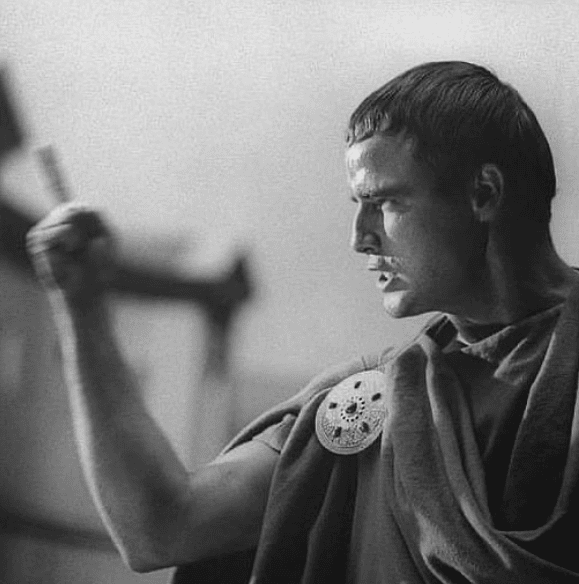
Credits: @marlonbrando / Instagram
His prowess as a method actor and revolutionary approach to the craft distinguished him as one of the greatest actors of his generation.
Brando’s journey to stardom didn’t follow a conventional path.
Before gracing the silver screen, he honed his skills in a military school, an unlikely starting point for the future acting legend. However, once he entered the world of film, Brando quickly became a transformative figure.
One pivotal moment in the Brando saga was marked by a significant date stamp in the 1950s when he clinched prestigious awards, underlining his ascendancy.
His victories, including an Academy Award, underscored the indelible mark he left on the acting profession.
Notably, his portrayal of Vito Corleone in “The Godfather” is a testament to his unparalleled talent, further solidifying his status as an acting icon.
Brando’s influence wasn’t confined to Hollywood; it extended globally!
Reaching as far as Hong Kong (1997), Brando’s impact resonated with audiences worldwide, transcending borders and cultural boundaries. The method actor’s ability to bring authenticity to his characters made him a revered figure far beyond traditional stardom.
Method Acting Technique & Public Persona
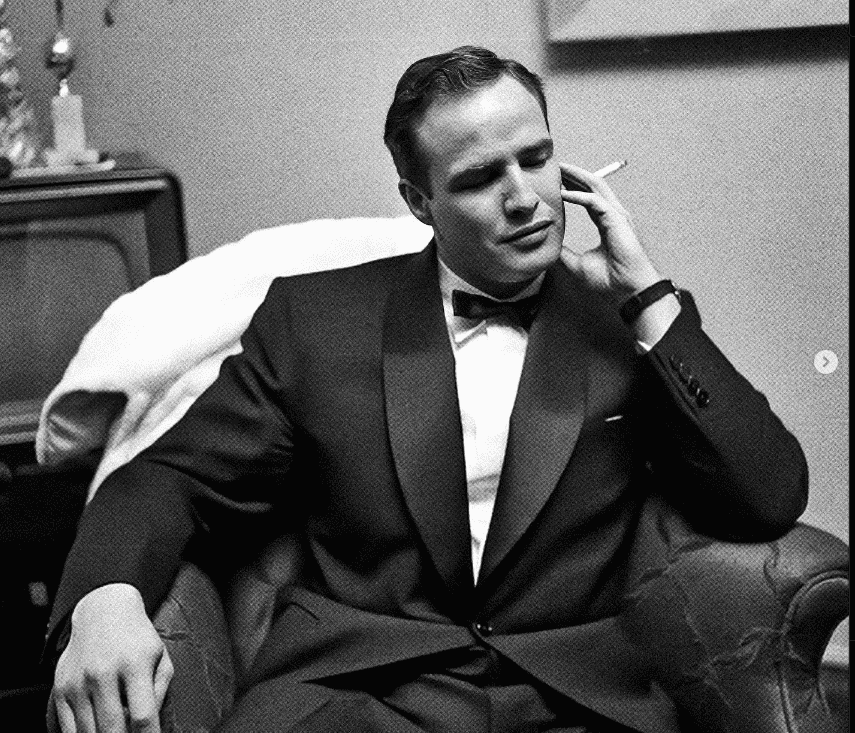
Credits: @marlonbrando / Instagram
In the 1950s, Marlon Brando drifted into Method acting at the Actors Studio after winning an Oscar and earning accolades.
The Actors Studio, which represented a crucible of artistic development, played a crucial role in shaping the careers of Hollywood luminaries like Marilyn Monroe, Paul Newman, and, notably, our star of the show, Marlon Brando Sr.
Marlon Brando further solidified his status as a cinematic powerhouse during his period of fame in 1950.
His wins at the Oscars reflected the impact of the Studio’s method acting techniques on his performances. The Studio became a golden pot of talent and ultimately a place where the ‘method‘ was not just a style but a transformative approach to acting.
The influence of the Actors Studio extended beyond the stage, seeping into movies that became touchstones of American cinema. It was a place where actors, guided by the likes of Lee Strasberg, delved deep into characters, bringing a new level of authenticity to their craft.
In this space where talent was cultivated, Marlon Brando’s journey intersected with the likes of Marilyn Monroe and Paul Newman. His technique, rooted in memories and emotions, defined his commitment to roles, showcased in grueling rehearsals and deep character exploration.
Brando starred in conversation-worthy films and won the coveted Oscar.
Off-screen, his reckless lifestyle, marked by numerous romances and wild parties, fueled his bad-boy reputation, creating a legend that went beyond the frames of his filming.
Later Films & Personal Life
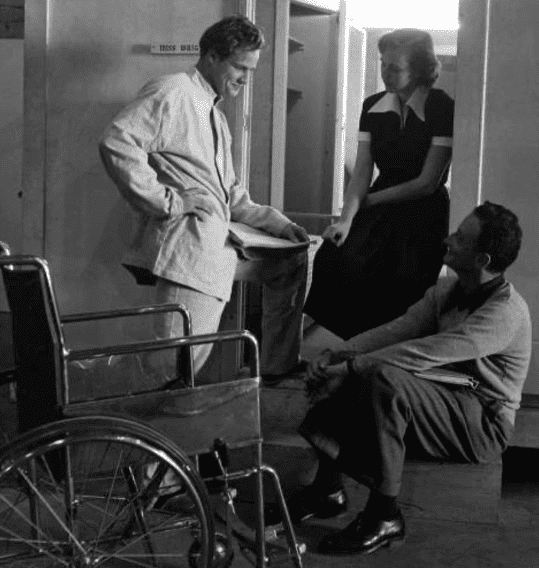
Credits: @marlonbrando / Instagram
A cinematic icon as he was, Marlon Brando embarked on his Method acting journey at the Actors Studio.
He was largely celebrated for his unwavering dedication to roles. Still, he was mostly known for subjecting himself to arduous rehearsals and in-depth character exploration – in search of portrayals with a rare intensity.
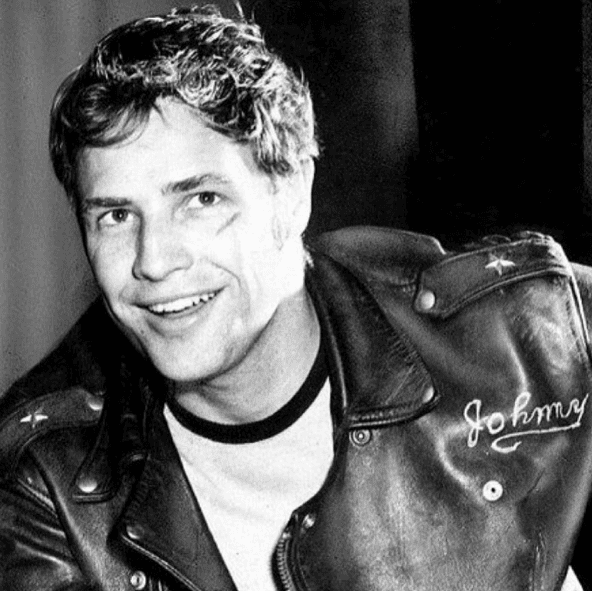
Credits: @marlonbrando / Instagram
“From the start, Brando’s public image reflected a basic truth about the man: he was complex, brooding, and angry while at the same time childlike in his vulnerability.
“His ability to draw on the techniques of “The Method,” plumbing the depths of his unhappy, lonely childhood to create searing emotions on-screen, made him not just the embodiment of a new generation of actor, but a new kind of actor entirely, one perfectly in keeping with the darker realities of the post-war, atomic age.”
Onstage, his leather jackets became symbolic of his rebellious spirit. His era continues to mark the California film landscape and popular culture.
Marlon Brando’s Legacy & Impact on Hollywood
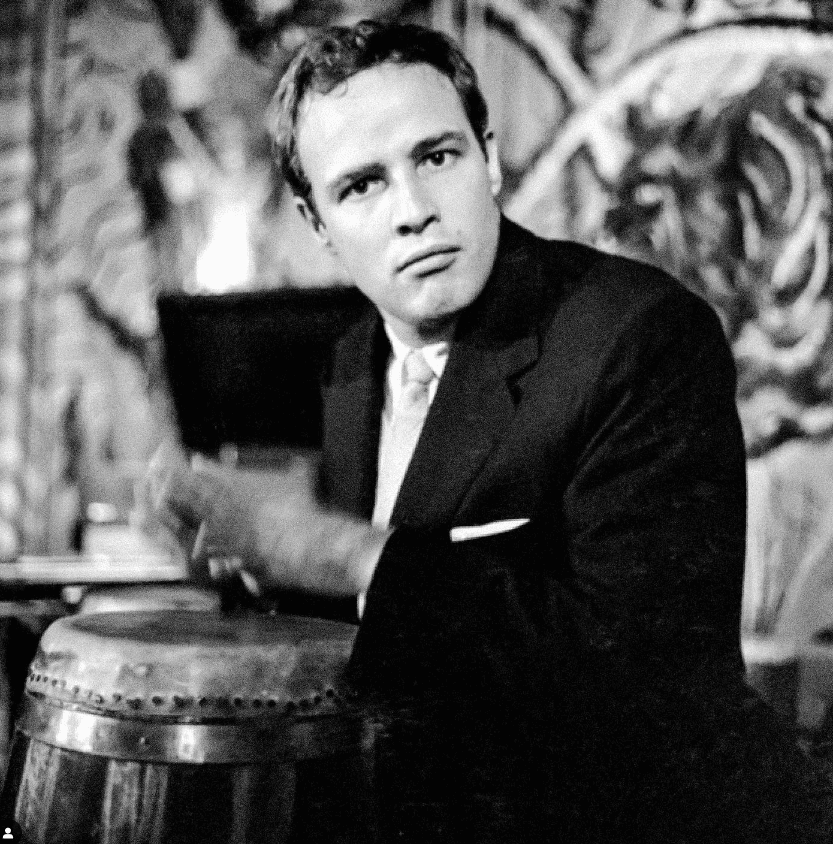
Credits: @marlonbrando / Instagram
Marlon Brando stands as the quintessential film actor of the postwar era. His influence resonates across generations, inspiring actors such as James Dean, Jack Nicholson, and Robert De Niro, who followed in his groundbreaking footsteps.
Brando left an indelible mark on the acting landscape and was pivotal in popularizing the Method acting style.
Films like “A Streetcar Named Desire” and “The Wild One” weren’t just cinematic successes; they profoundly impacted youth culture and the redefinition of social norms.
Brando’s cultural legacy goes beyond the silver screen test – at the time, of course.
His iconic performances as an antihero cemented his status as a cultural icon.
Despite critics initially rejecting his unconventional approach, Brando won over audiences and ultimately filmed iconic roles that not only stood the test of time but also defied the conventional expectations of Hollywood.
His ability to play these roles wasn’t just about making money at the box office; it was a deliberate choice to challenge norms and offer audiences something beyond the typical Hollywood fare.
Brando’s impact on film, his ability to reject critics, and his willingness to play roles that spoke to larger societal shifts solidified his place in cinematic history as a true trailblazer.
Summing Up
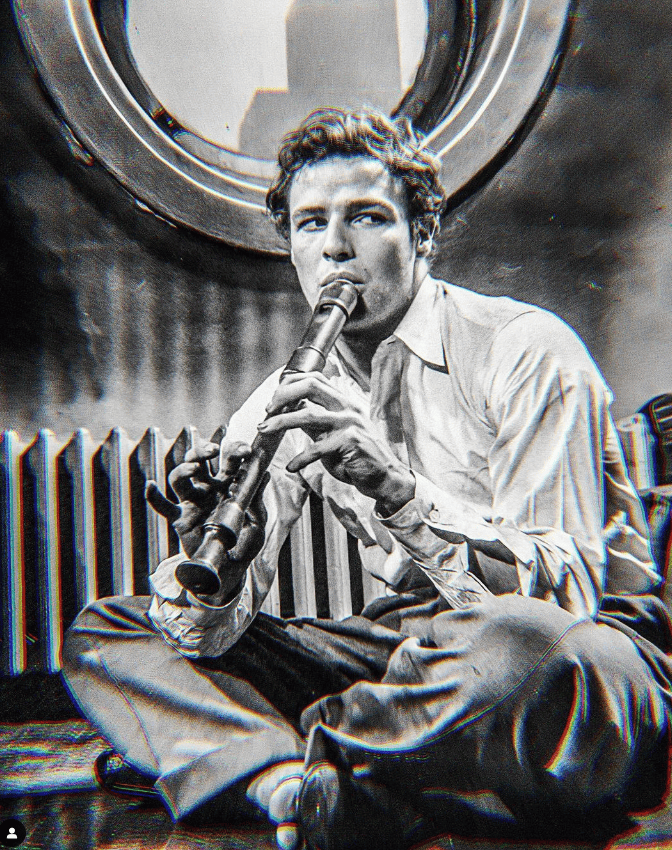
Credits: @marlonbrando / Instagram
Marlon Brando wasn’t just a talent recognized by the Academy; he stood as a visionary in the film industry. His filmography is a testament to the brilliance of a star who defied convention, reshaping storytelling at the Warner Brothers Studios and beyond.
In the world of moviedom, Brando’s impact transcends decades. His enduring force, famously worldwide, extends beyond mere commercial success or failure, leaving an indelible mark on the cinematic landscape.
His second Academy Award for Best Supporting Actor as Vito Corleone in “The Godfather” marked a pinpoint in his acting career.
Brando’s legacy is more than a chapter in history; it’s a living force that has shaped the trajectory of film for generations to come.
And like the legend himself said, “To grasp the full significance of life is the actor’s duty, to interpret it is his problem, and to express it his dedication.“
